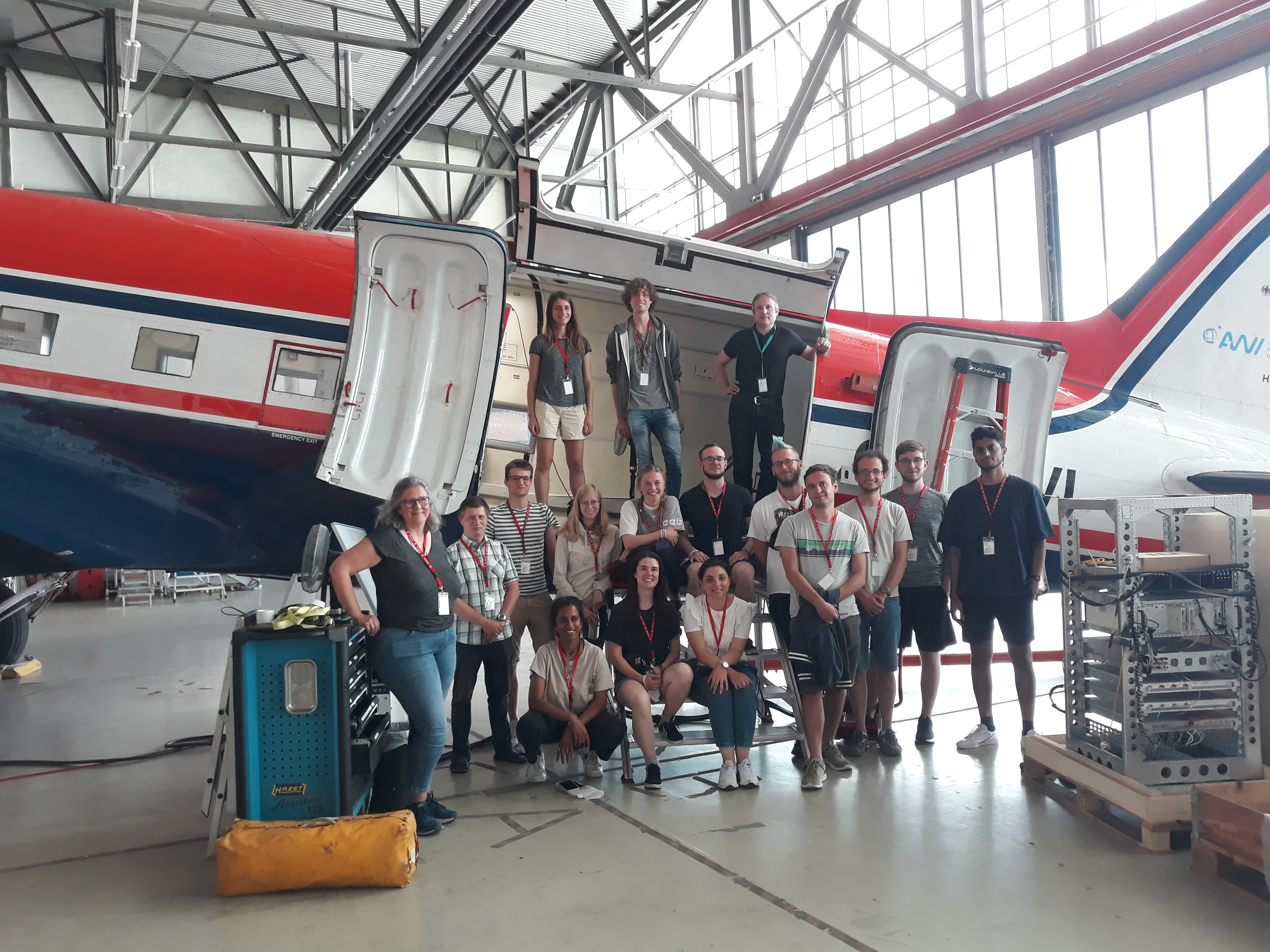Excursion to AWI 2022
Climate research in practice
The lecture "Mathematical Modeling for Climate and Environment" is part of the curriculum of the Elite Graduate Program Scientific Computing at the University of Bayreuth. Here, students learn the basic physical and mathematical concepts of modern climate and environmental models. A natural continuation of the lecture was the excursion to the Alfred Wegener Institute (AWI) in Bremerhaven from August 8 to August 11, 2022.
Modern climate models and climate simulation
Arriving at AWI, the students had the opportunity to learn about different climate models through three guest lectures. Especially exciting was the modeling of tsunamis, where physical and numerical aspects, such as the generation of suitable grids and the use of appropriate solution methods were discussed during the lecture. A subsequent tour of the AWI Computing Center showed the students the high computing power requirements of modern climate simulations.

Preparations for the research mission: Participants of the excursion inspect the research equipment and one of AWI's research aircraft for use in the Arctic.
Research under extreme environmental conditions
In order to be able to simulate climatic phenomena, it is necessary to collect a lot of data, some of which has to be obtained under extreme environmental conditions. For example, AWI researchers use specially equipped research airplanes to enter ice-covered areas of the Arctic or Antarctic. The students of the Elite Graduate Program Scientific Computing were allowed to visit one of these aircrafts in the AWI hangar. In addition, it was explained which research equipment is used or how special research equipment can be mounted on the aircraft.
Experience climate in the Klimahaus Bremerhaven
The students were able to find out how diverse the climate is and what extreme environmental conditions are caused by it at the Klimahaus in Bremerhaven. On the guided tour through this climatic world of experience, different countries along the 8th degree of longitude were passed through. Each station provided insight into the average temperatures, the culture and way of life of the people in this region, and the effects of climate change on these parts of the world. Especially this climatic interaction made the visit to the Klimahaus a highlight for many students.

